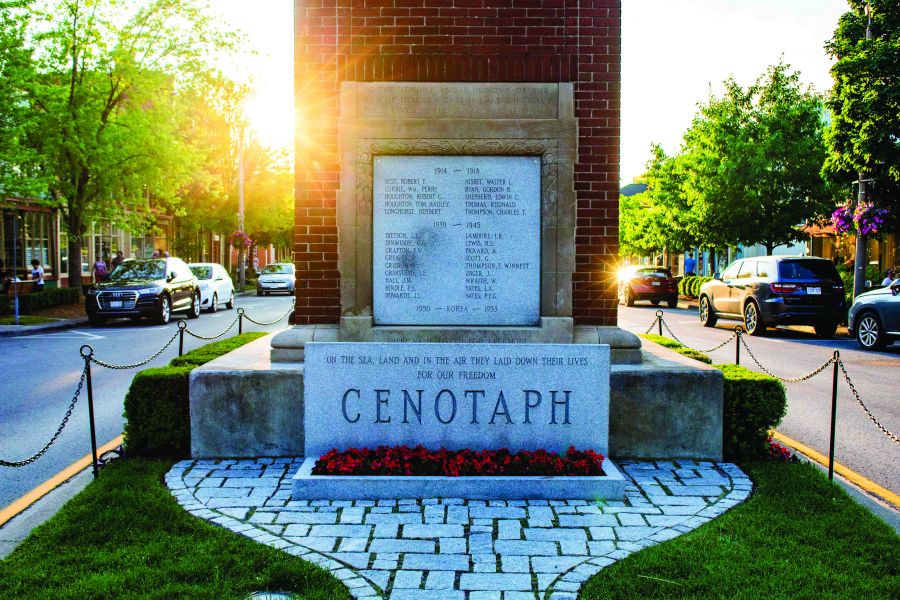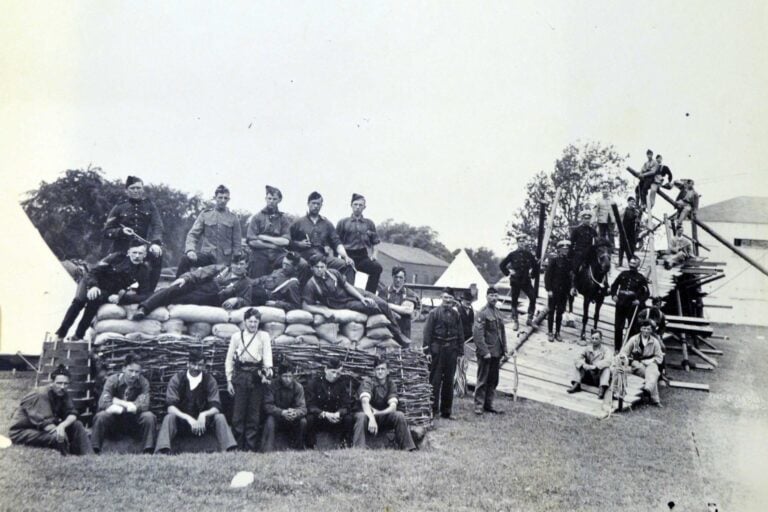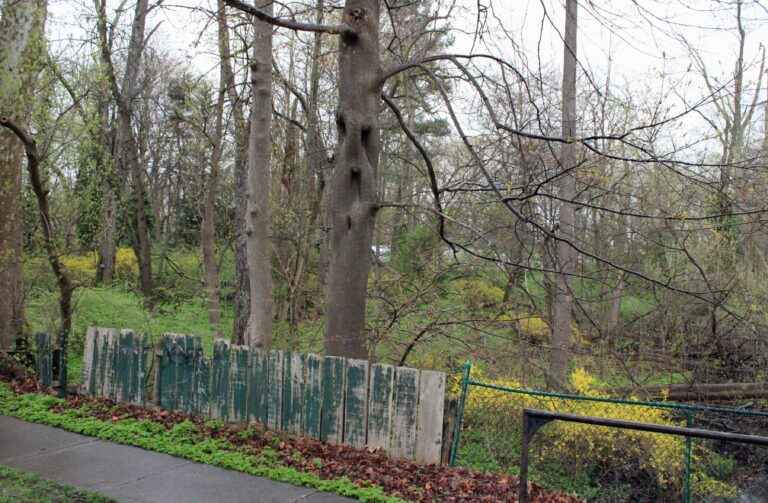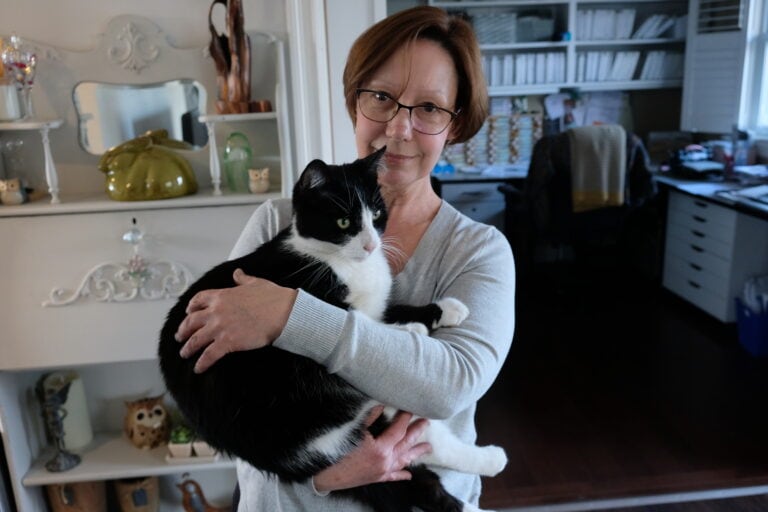On Saturday, June 4, the Legion and Town of Niagara-on-the-Lake will celebrate the 100th anniversary of the iconic clock tower cenotaph with a ceremony and a parade. Special guests include Ontario Lt.-Gov. Elizabeth Dowdeswell. In recognition of the cenotaph’s century of service through two world wars and beyond, NOTL historian Ron Dale has been researching the stories of the people – all men – whose names are engraved on it. This is the first in a series of stories to document and remember the sacrifices these combatants made. Future instalments will commemorate those named on the Queen Street cenotaph and on the municipal memorial in Queenston.
Ron Dale
Special to The Lake Report
When the First World War broke out on Aug. 4, 1914, Sir Sam Hughes, Canada’s minister of militia and defence, called for volunteers.
Within a few days, more than 35,000 Canadians answered the call, arriving at a hastily constructed military camp at Valcartier, Que., where the men received uniforms and rudimentary training,
Some men felt it was their patriotic duty to enlist. Others perceived it as an opportunity for adventure and glory.
Still others joined due to peer pressure, when the other eligible men in their neighbourhood or place of work signed up.
Among the first from the Town of Niagara-on-the-Lake to enlist was William Perry Currie, son of Bartlett Currie and Martha Harner.
He also was the first soldier from Niagara-on-the-Lake to die.
William Currie was a fisherman, noted for being outgoing, considerate and kind. Immediately on the declaration of war, he talked things over with five of his friends, including his cousin Charles Hainer, all graduates of the Niagara-on-the-Lake Public School on Platoff Street.
The men went together to the Canadian Field Artillery recruiting centre in St. Catharines and were shipped off to Valcartier for medical inspections and to sign attestation forms, committing themselves for overseas service.
Roy Maess, Currie and Hainer were found fit for service while their three friends were sent home, considered medically unfit at that time. They eventually were able to enlist a few years later when standards were eased. Of all these young adventurers, only Currie would make the supreme sacrifice.
He was posted to the 2nd Brigade, Canadian Field Artillery and with his comrades shipped to England on Oct. 3, 1914, for further training.
After several months of stringent training on the 18-pounder field gun, the main weapon of the Canadian Field Artillery, Currie was sent to France on April 7, 1915. He immediately saw action in the Ypres salient in Belgium.
On April 22, he and his comrades were subjected to the first poison gas attack of the First World War at St. Julien in the Second Battle of Ypres. The men wrapped rags around their faces, as no gas masks were available at the time, and continued to hold the line, with their field guns firing until the barrels were overheated.
Three days later, Currie’s division was about to be pulled out of the line to be sent to the rear areas for rest and refitting. As they were preparing their gun for transport, the Germans shelled the Canadian positions.
A heavy shell landed near William, blowing him into the air. He was seriously wounded but survived. He was rushed off to the regimental aid post and immediately sent to a field hospital where his serious wounds could be tended.
He had lost his left arm just above the elbow, had a shattered left leg and suffered several shrapnel wounds. The hospital prepared him for evacuation from France and he was shipped to England on April 30 and taken eventually to the Northern General Hospital in Manchester.
One of the nursing sisters who tended him wrote to his mother:
“He was one of the nicest Canadian boys and one of the nicest patients I have nursed. Never once grumbled and always so thankful for what was done for him. Poor boy.”
Gunner William Perry Currie died in his sleep on the morning of May 4, 1915, at the age of 19 and was buried in the Aldershot Military Cemetery in Hampshire.
He was the first man from NOTL to die in the Great War. But he would not be the last.










